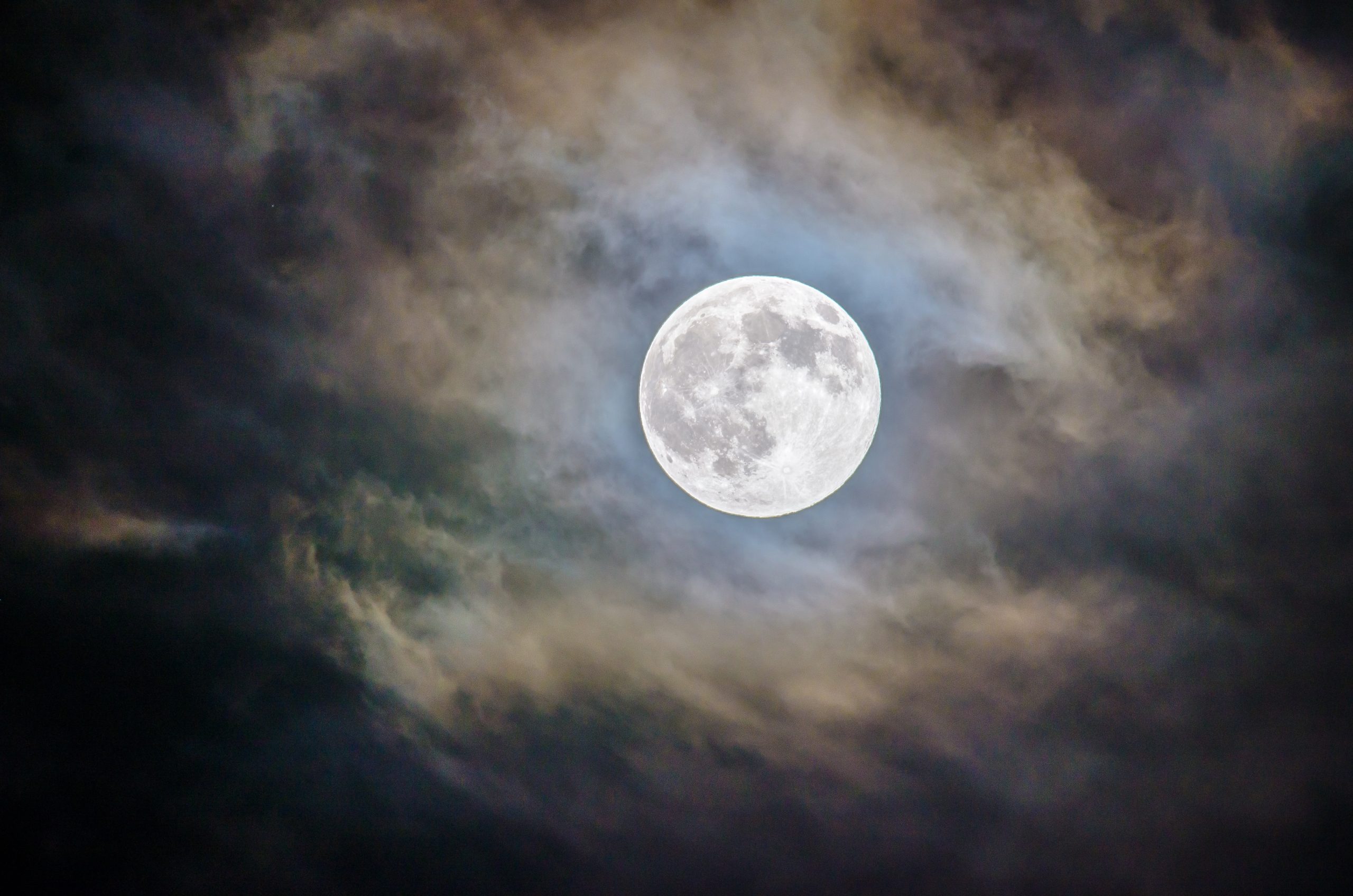Wicca and Witchcraft: Exploring Ancient Traditions and Modern Practices
Wicca and witchcraft have intrigued and captivated people throughout history. These mystical practices, often shrouded in myths and misconceptions, have gained popularity in recent years, attracting individuals seeking a deeper connection with nature and spirituality. In this comprehensive guide, we will delve into the origins, beliefs, rituals, and modern interpretations of Wicca and witchcraft.
Table of Contents
- Introduction to Wicca and Witchcraft
- Historical Roots of Wicca
- Key Beliefs and Principles
- Rituals and Practices
- Different Paths and Traditions
- Common Witchcraft Misconceptions
- Modern Interpretations of Wicca and Witchcraft
- Conclusion
1. Introduction to Wicca and Witchcraft
Wicca, also known as Pagan Witchcraft, is a modern religious movement rooted in pre-Christian spiritual traditions. It embraces polytheism and reverence for nature, making it one of the world’s oldest nature-based religions. Witchcraft, on the other hand, refers to the practice of performing magic in accordance with specific beliefs and rituals.
Wicca and witchcraft are often used interchangeably, although practicing witchcraft does not necessarily mean following the Wiccan religion. Many witches incorporate elements from different traditions while adapting their practices to suit their individual beliefs.
2. Historical Roots of Wicca
The origins of Wicca can be traced back to ancient civilizations such as the Celts, Egyptians, and Greeks, who worshipped deities associated with nature, fertility, and magic. By the early 20th century, a resurgence of interest in these ancient spiritual practices led to the establishment of modern Wicca.
One of the most influential figures in the history of Wicca is Gerald Gardner, often regarded as the founding father of modern Wicca. In the 1950s, Gardner publicly introduced Wicca to the world, blending elements of ceremonial magic, witchcraft, and ancient pagan beliefs. Gardner’s writings, rituals, and initiation ceremonies laid the foundation for many Wiccan traditions practiced today.
3. Key Beliefs and Principles
At the core of Wicca and witchcraft lie certain fundamental beliefs and principles:
- Reverence for nature: Wiccans view nature as sacred and strive to maintain a harmonious connection with the Earth and its cycles.
- Polytheism: Wiccans worship multiple deities, often associated with various natural phenomena.
- Magic and spellcasting: Wiccans believe in the power of magic and perform spells and rituals to manifest their intentions and desires.
- The Wiccan Rede: “An it harm none, do what ye will.” This moral code emphasizes the importance of not inflicting harm upon others.
- The Threefold Law: The belief that whatever energy one sends out, whether positive or negative, will be returned to them threefold.
4. Rituals and Practices
Rituals and practices form an integral part of Wicca and witchcraft. These ceremonial acts help practitioners attune themselves to the natural cycles and harness energy for their magical workings. Some common rituals include:
| 1. Sabbats | Wiccans celebrate eight major festivals, known as Sabbats, which mark the changing seasons and agricultural cycles. These include Samhain, Yule, Imbolc, Ostara, Beltane, Litha, Lammas, and Mabon. |
|---|---|
| 2. Esbats | Esbats are rituals held during the phases of the moon, typically on the full moon. They involve casting spells, making offerings, and focusing on personal growth and transformation. |
| 3. Spellcasting | Witches use incantations, charms, and rituals to harness natural energies and work towards their desired outcomes. Spells can be related to love, healing, protection, or personal empowerment. |
5. Different Paths and Traditions
Wicca and witchcraft encompass a diverse range of paths and traditions, each with its unique practices and beliefs. Some notable traditions include:
- Gardnerian Wicca: The original tradition established by Gerald Gardner, emphasizing secrecy, initiation, and coven-based practices.
- Alexandrian Wicca: Developed by Alexander Sanders and his wife, Maxine Sanders, this tradition shares similarities with Gardnerian Wicca but also incorporates elements from ceremonial magic.
- Eclectic Witchcraft: Practitioners who follow an eclectic path borrow from various traditions, creating their unique blend of practices and beliefs.
6. Common Witchcraft Misconceptions
Witchcraft has long been associated with negative stereotypes, misinformation, and fear. It is important to dispel these misconceptions and understand the truth behind witchcraft:
- Witchcraft is not synonymous with Satanism. Witches do not worship or believe in Satan.
- Witchcraft does not involve black magic. The practice of witchcraft is infused with positivity and harmlessness.
- Witches do not sacrifice animals or engage in harmful rituals. Animal cruelty goes against the ethical principles of Wicca and witchcraft.
7. Modern Interpretations of Wicca and Witchcraft
As with any religion or spiritual path, Wicca and witchcraft continue to evolve and adapt in response to contemporary society. Modern practitioners embrace technological advancements, incorporate environmental activism, and integrate diverse cultural influences into their practices.
Magic, rituals, and spellcasting are often blended with psychological techniques, meditation practices, and energy work. Many witches emphasize personal empowerment, self-discovery, and a holistic approach to spirituality.
8. Conclusion
Wicca and witchcraft offer a profound spiritual connection with nature, a rich tapestry of ancient traditions, and a means to explore personal growth and transformation. By understanding the historical roots, key beliefs, rituals, and modern interpretations of these mystical practices, we can appreciate the depth and beauty of Wicca and witchcraft.
Whether you are drawn to the magic of nature, the wisdom of ancient civilizations, or the exploration of self, Wicca and witchcraft provide a pathway to deeply connect with your spirituality and the world around you.
Table of Contents
